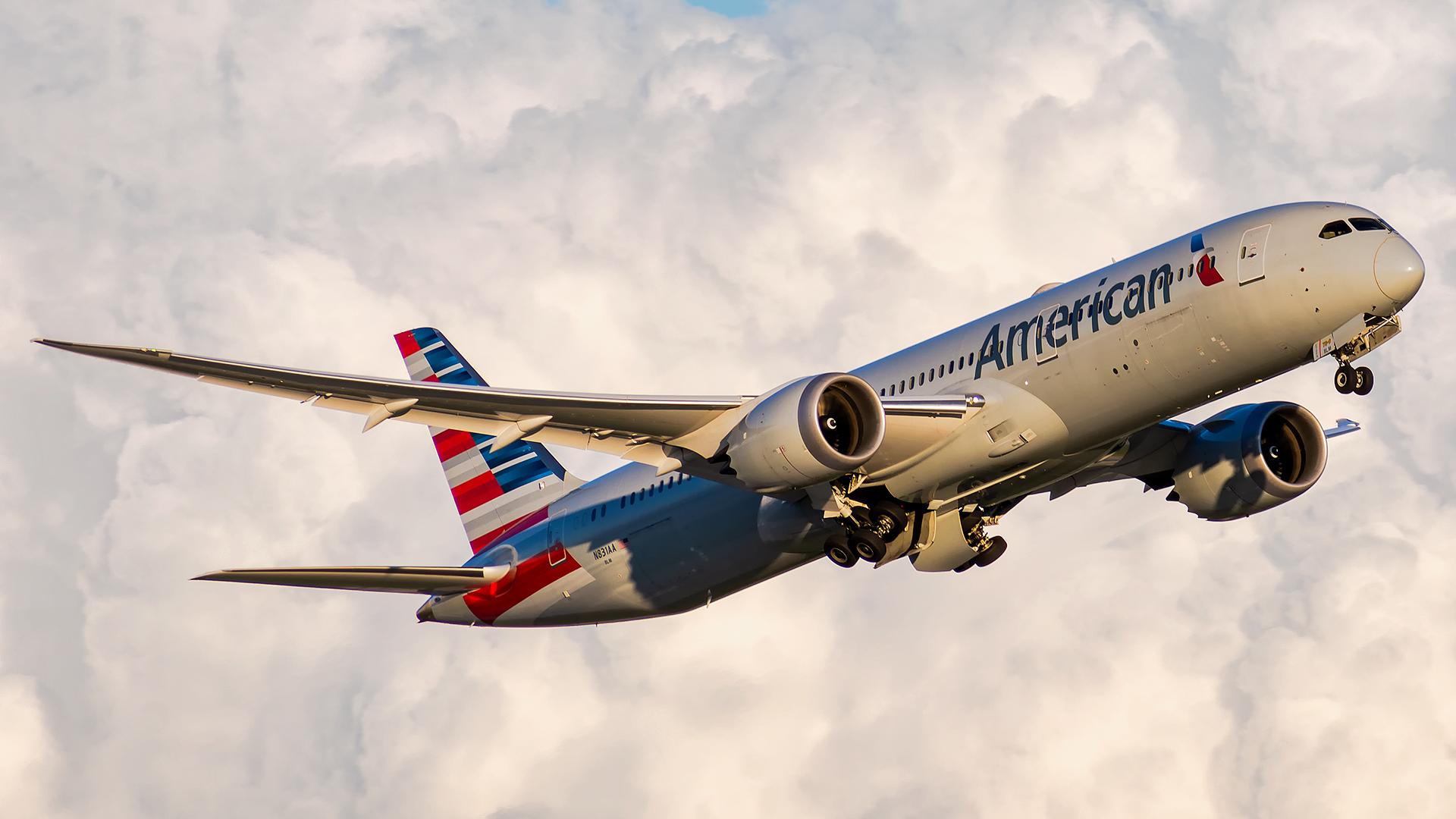United Airlines Flight UA770 Emergency Diversion
Commercial aviation has long been considered one of the safest modes of travel, thanks to the layers of safety protocols, technological innovations, and highly trained personnel who respond swiftly to any abnormal situations. Yet, even with these safeguards in place, unexpected incidents can and do occur—prompting emergency responses and diversions. One such incident that recently caught global attention was the United Airlines Flight UA770 emergency diversion.
This particular event not only underscores the importance of aviation safety but also serves as a real-world case study of how the industry manages high-stakes situations in the sky. In this article, we delve into the full scope of what happened on Flight UA770—from the moment issues were detected, to the safe landing, to the broader implications for passengers and the airline industry.
What Happened on United Airlines Flight UA770?
A Routine Flight Turns Critical
On what was supposed to be a standard domestic flight from Chicago O’Hare International Airport to Los Angeles International Airport, United Airlines Flight UA770 turned into a scenario that tested the crew’s training and the airline’s safety mechanisms.
Roughly halfway into its flight path, the cockpit crew began noticing abnormal readings on the flight’s instrument panel. These anomalies included warnings that pointed toward potential issues with the aircraft’s hydraulic system—a crucial element that controls various flight systems, including landing gear, brakes, and flaps.
While passengers remained largely unaware at first, the flight crew wasted no time initiating emergency protocols.
Diversion to Denver International Airport
Recognizing the severity of the potential issue, the flight crew contacted air traffic control (ATC) to request an unscheduled landing. Given the aircraft’s location at the time and the availability of appropriate emergency facilities, Denver International Airport (DEN) was selected as the diversion site.
The flight crew made professional and composed announcements to passengers, assuring them that the diversion was purely precautionary. The aircraft then descended and landed safely in Denver, where emergency response teams were already on standby, ready to assist if necessary.
The Reason Behind the Emergency Diversion
Suspected Hydraulic System Malfunction
The root of the United Airlines Flight UA770 emergency diversion lies in what is believed to be a malfunction in the aircraft’s hydraulic system. Hydraulic systems in modern aircraft are responsible for powering vital components such as flight controls, brakes, and landing gear. Even a small glitch in these systems can have serious implications.
While the aircraft was never in immediate danger of crashing, the possibility of a worsening failure was enough to prompt immediate action. By choosing to divert, the flight crew followed safety-first protocol—prioritizing passenger and crew well-being over maintaining the original flight schedule.
What Makes Hydraulic Systems So Critical?
To understand the seriousness of the incident, it’s important to know that commercial airliners have multiple redundant systems, including hydraulic circuits. If one system shows signs of failing, pilots can still maintain control, but only for a limited time and under specific conditions. This makes early detection and diversion critical.
In Flight UA770’s case, preliminary inspections after landing confirmed the presence of unusual wear and irregular pressure readings within one of the aircraft’s hydraulic systems.
Emergency Protocols: What Happens When a Flight Diverts?
Rigorous Pilot and Crew Training
Commercial pilots undergo intense simulation training for emergency situations, including hydraulic failure. In simulators, crews practice everything from minor anomalies to total system shutdowns. This training paid off for Flight UA770, where the crew’s calm and decisive actions ensured a safe outcome.
Cabin crew members also followed standardized procedures, keeping passengers informed and calm. Their training emphasizes clear communication and effective crowd management under stress.
Coordination with Air Traffic Control and Ground Crews
Once the decision to divert is made, the cockpit crew communicates directly with ATC to identify the safest and nearest airport. ATC then clears the flight path and notifies the receiving airport. In this case, Denver International Airport activated its emergency response team, preparing fire crews, medical staff, and technicians in case the landing posed further risks.
Safe Landing and Aftermath
Upon touchdown, the aircraft taxied to a secure location where technicians began diagnostics. Passengers disembarked normally, although some reported minor delays before being rebooked on alternate flights to Los Angeles.
No injuries were reported, and the aircraft was taken out of service pending a full technical evaluation.
Common Causes of In-Flight Diversions
The united airlines flight ua770 emergency diversion shines a spotlight on the factors that commonly lead to emergency landings in commercial aviation. While such events are rare, they are well-documented and prepared for. Here are the most frequent causes:
Mechanical Failures
Any failure involving engine components, electrical systems, or hydraulics can lead to a diversion. Safety protocols demand erring on the side of caution.
Medical Emergencies
Sudden health issues involving passengers or crew are among the most common non-technical reasons for flight diversions.
Severe Weather Conditions
Although modern aircraft are equipped with advanced weather radar, unexpected turbulence or storms may still prompt course changes or emergency landings.
Security Threats
In rare instances, disruptive behavior, bomb threats, or suspicious activity can lead to immediate diversions to the nearest secure airport.
How Technology Helps in Managing Flight Emergencies
A key component in the success of managing incidents like the united airlines flight ua770 emergency diversion is technology. Modern aircraft come equipped with sophisticated diagnostic and monitoring systems that alert pilots to even minor anomalies.
Real-Time Monitoring
Aircraft systems constantly monitor thousands of variables—from fuel efficiency to hydraulic pressure. These systems generate alerts in the cockpit when something deviates from the norm.
Predictive Maintenance
Many airlines, including United, use predictive analytics to schedule maintenance before parts fail. Data collected from thousands of flights help determine when a component is approaching the end of its life cycle.
Communication Tools
Advanced satellite and radar-based communication allow constant contact between aircraft and ground teams. This enables better coordination and quicker response during emergencies.
Lessons Learned from United Airlines Flight UA770 Emergency Diversion
Every aviation incident, no matter how well-handled, provides opportunities for learning and improvement. The united airlines flight ua770 emergency diversion offers several valuable lessons:
For Airlines
- Enhanced Pilot Training: Continue investing in realistic simulations of rare mechanical failures.
- Frequent System Audits: Increase the frequency of system diagnostics, especially for components related to flight control.
- Transparent Communication: United’s response highlighted the importance of timely communication to minimize public concern.
For Passengers
- Stay Calm and Listen: Crew members are trained professionals. Following instructions can prevent panic and ensure a safe resolution.
- Know Your Safety Protocols: Taking time to read the safety card and listening to pre-flight briefings pays off in emergencies.
- Keep Essentials Accessible: Medications, IDs, and essential personal items should always be in carry-on luggage.
The Bigger Picture: Aviation Safety and Public Trust
One of the most remarkable aspects of the united airlines flight ua770 emergency diversion is that it was handled without incident, injury, or panic. This reflects well on not just United Airlines but the aviation industry as a whole.
The level of professionalism shown by the pilots, cabin crew, ATC, and ground staff demonstrates the rigorous safety culture in commercial aviation. Incidents like these remind the public that safety is always the top priority—even if it causes delays or inconvenience.
Conclusion
The United Airlines Flight UA770 emergency diversion may have disrupted travel plans, but it offered a clear demonstration of aviation excellence under pressure. Faced with potential hydraulic failure, the crew acted swiftly, professionally, and with passenger safety at the forefront of every decision.
From the moment anomalies were detected to the successful landing in Denver, every action taken adhered to international aviation standards and best practices. For passengers, this event should serve not as a cause for concern, but as a reassurance of how well-prepared airlines are to handle emergencies.
As technology continues to evolve and airline personnel undergo even more advanced training, we can expect commercial aviation to become safer with each passing year. While diversions will never be completely avoidable, they remain an essential part of keeping everyone on board safe.
So, the next time you board a flight, know that an army of professionals, systems, and protocols are in place—just like they were during the united airlines flight ua770 emergency diversion—to ensure you reach your destination safely.
Frequently Asked Questions (FAQs)
What caused the United Airlines Flight UA770 emergency diversion?
The diversion was prompted by a suspected malfunction in the aircraft’s hydraulic system, a critical part responsible for operating essential flight components. The crew acted swiftly and diverted the flight to Denver International Airport as a precautionary measure.
How common are emergency diversions in commercial aviation?
Emergency diversions are quite rare, affecting less than 1% of all commercial flights. When they do occur, it’s typically out of an abundance of caution to ensure safety.
Are passengers at risk during emergency diversions?
Generally, no. Aircraft are designed with multiple redundancies, and pilots are highly trained to manage these situations. Diversions are preventive actions, not indications of impending danger.
What happens after an emergency landing?
Once landed, passengers are disembarked, and the aircraft is inspected by maintenance crews. Depending on the severity of the issue, passengers may be rebooked on another flight.
What should passengers do during such emergencies?
Remain calm, listen to instructions from the crew, and familiarize yourself with emergency procedures before takeoff. Keeping essentials in your carry-on also helps in case of diversions.




Post Comment